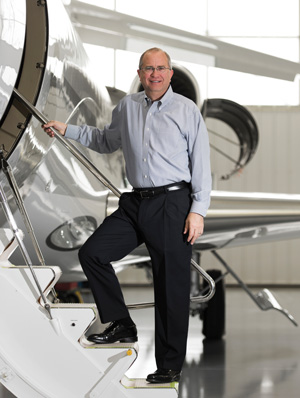
"We rely heavily on this diverse group of business aviation stakeholders for their feedback and perspectives when determining new capabilities and avenues of service for them and their customers."
–Aaron Hilkemann, Duncan Aviation President
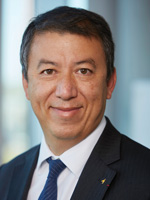
Patrick Ky, EASA Executive Director
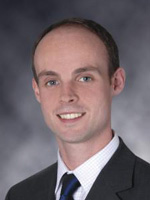
Brian Davey, GAMA Director of European and International Affairs
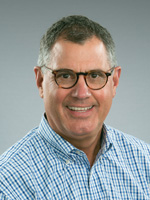
Steve Gade, Duncan Aviation Vice President of Marketing and Business Development
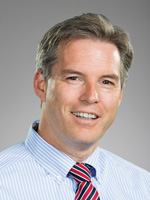
Arjen Groeneveld, Duncan Aviation European Regional Manager
On Thursday, October 15, 2015, Patrick Ky, the Executive Director of the EASA (European Aviation Safety Agency), and Brian Davey, GAMA (General Aviation Manufacturers Association) Director of European and International Affairs, met with members of the Duncan Aviation ECAB (European Customer Advisory Board) in Barcelona, Spain. Members of the ECAB took the opportunity to identify hurdles and challenges to delivering their products and services efficiently and cost effectively.
The ECAB members were pleased to have the opportunity to talk directly with Patrick Ky. Initially, he talked about his position and the developments inside EASA. He asked the group how certain rules and regulations affect EASA operators and their missions and encouraged the group to prioritize a top 10 list of issues and potential solutions.
Topics presented are familiar to the global business aviation community. Aircraft owners and operators have asked for more harmony in the certification process when an aircraft is transferred from one country of registration to another. Currently, both the civil aviation agency of the country from which the aircraft is being transferred and the agency for the country to which the aircraft is going must evaluate and certify the aircraft. This not only duplicates effort but also increases the downtime for the aircraft and the costs for the owner/operators.
Potential solutions include further developing the European Union/United States Bilateral Safety Agreement to help harmonize the certification process. This strengthened agreement may also help broaden acceptance of STCs among the agencies.
Another issue discussed was the fragmented manner in which changes to EASA’s rules are presented to the public. The business aviation industry feels it’s difficult to achieve the highest possible safety standards without knowing about these changes, of course, but tracking the changes to the rules and ensuring the operation is in compliance takes a great deal of time and resources. Members of the community have asked that EASA present the requirements and guidance changes in a consolidated format in order to facilitate compliance and foster more open communication between EASA and the aviation industry.
Members of the Duncan Aviation ECAB traveled from Denmark, Switzerland, Turkey, Italy, Finland, Germany, Portugal, Malta, the United Kingdom, Austria, Luxemburg, and other parts of Spain to participate in the meeting.
“We rely heavily on this diverse group of business aviation stakeholders for their feedback and perspectives when determining new capabilities and avenues of service for them and their customers,” says Duncan Aviation President Aaron Hilkemann. “We felt it was important for Duncan Aviation to facilitate this opportunity. If we use our financial, organizational, and industry relationships to improve the industry, we believe everyone with a stake in business aviation will benefit. Our goal is to help create more users of the industry’s products and services.”
Roger Whyte, Chair of the non-profit CEPA (Central European Private Aviation), and several Duncan Aviation representatives were also present, including Vice President of Marketing and Business Development Steve Gade and European Regional Manager Arjen Groeneveld.